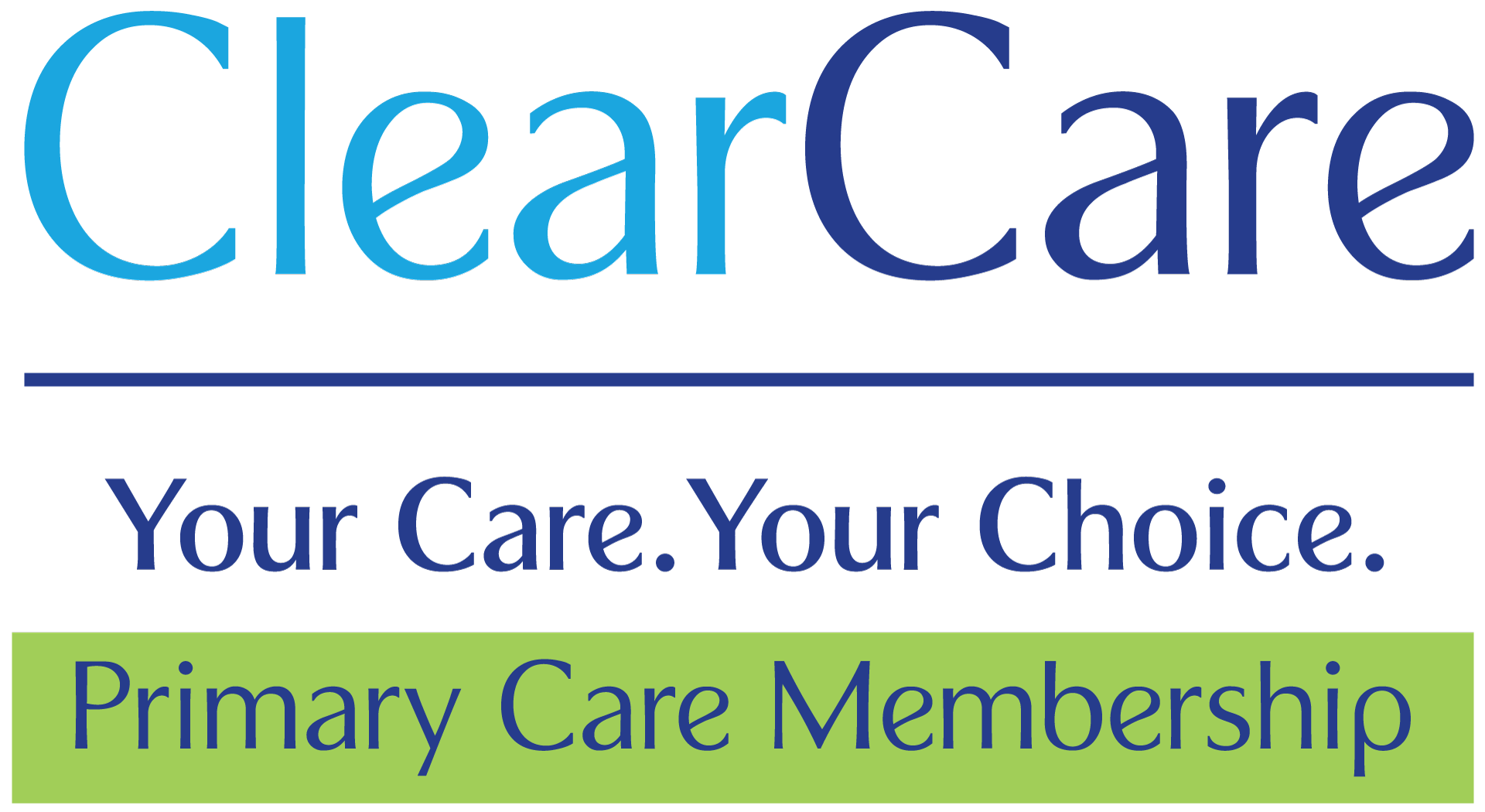
Medicare 101: Understanding the Basics of Medicare
Basics of Medicare: Medicare is a crucial health insurance program for U.S. citizens and permanent residents, especially those aged 65 and older. While the concept of a national healthcare system has been around since the early 1900s, Medicare officially became law in 1965. In its first year, 19 million people signed up. Today, nearly 66 million Americans rely on Medicare for their healthcare needs, according to the latest data from the Centers for Medicare & Medicaid Services (CMS).
Understanding Medicare as You Near Retirement
As you approach retirement, understanding how Medicare works is essential. Below is a clear overview of what you need to know about this vital program.
Eligibility for Medicare
Most people qualify for full Medicare benefits when they turn 65, based on their or their spouse’s work history. However, if you have specific disabilities, you may qualify earlier. To be eligible for Medicare, you need to:
- Be a U.S. citizen or permanent resident who has lived in the U.S. for at least five years.
- Have paid Medicare payroll taxes for ten years, either yourself or through a spouse.
- Be eligible to receive or already receive Social Security or railroad retirement benefits.
If you meet these requirements, you’ll receive Medicare Part A for free when you turn 65. If you don’t meet them but have lived in the U.S. for at least five years, you can still get Medicare, but you’ll need to pay for it.
Enrolling in Medicare
If you’ve received Social Security or Railroad Retirement Board benefits for at least four months before turning 65, you’ll typically be automatically enrolled in Medicare Parts A and B. Your Medicare card and instructions will arrive by mail about three months before your 65th birthday.
If you’re not automatically enrolled, you have a seven-month window to sign up for Medicare. This period starts three months before you turn 65 and ends three months after your birthday month. You can apply online or by phone. If you miss this window, you can enroll from January 1 to March 31 each year. Coverage will start the month after you enroll, but missing the initial window may result in penalties.
The Four Parts of Medicare
Medicare consists of four parts, each covering different areas of health care:
- Medicare Part A: Covers hospital stays, skilled nursing facility care, hospice, and some home health care services. Most people don’t pay a premium for Part A, but there are deductibles and cost-sharing for extended hospital stays.
- Medicare Part B (Medical Insurance): Covers doctor visits, outpatient care, medical supplies, and preventive services. Part B requires a monthly premium, and you must meet a deductible before coverage begins. A penalty may apply if you don’t enroll when first eligible.
- Medicare Part C (Medicare Advantage): Offered by approved private companies, Part C plans include all the benefits of Part A and Part B. They may also offer extra benefits like vision, dental, and prescription drug coverage. Premiums and coverage details vary by plan.
- Medicare Part D: Helps pay for prescription medications. It’s offered by private insurance companies and requires enrollment in Parts A and B. Some Medicare Advantage plans also include drug coverage.
Other Insurance Options
- Medicare Supplement Plans (Medigap): These plans, offered by private insurance companies, cover extra costs not included in Original Medicare, like copayments and deductibles. They may also cover medical care when traveling outside the U.S. Medigap policies have a six-month open enrollment period during which you cannot be denied coverage for preexisting conditions.
- Medicaid: A federal and state program that assists with medical expenses for individuals with limited income. Medicaid coverage varies by state and may be available to those who qualify for both Medicare and Medicaid.
The Gap Medicare Doesn’t Cover
Many mistakenly believe that Medicare covers long-term care, such as nursing home stays. However, Medicare does not cover long-term care except in specific situations. Given that nursing home costs can exceed $100,000 annually, purchasing long-term care insurance is often wise. These policies help cover expenses for home care, assisted living, and nursing homes not covered by Medicare.
Understanding Medicare Is Crucial for Your Retirement
Medicare is a complex program with various parts and coverage options, but understanding the basics will help you make informed decisions for your health and finances as you retire.
At ClearMedica, we’re here to make the process easier. Our team can help you navigate your Medicare options and find the plan that fits your needs. If you have any questions or need assistance, please reach out. We’re here to help you make the most of your Medicare benefits.
Leave a reply

